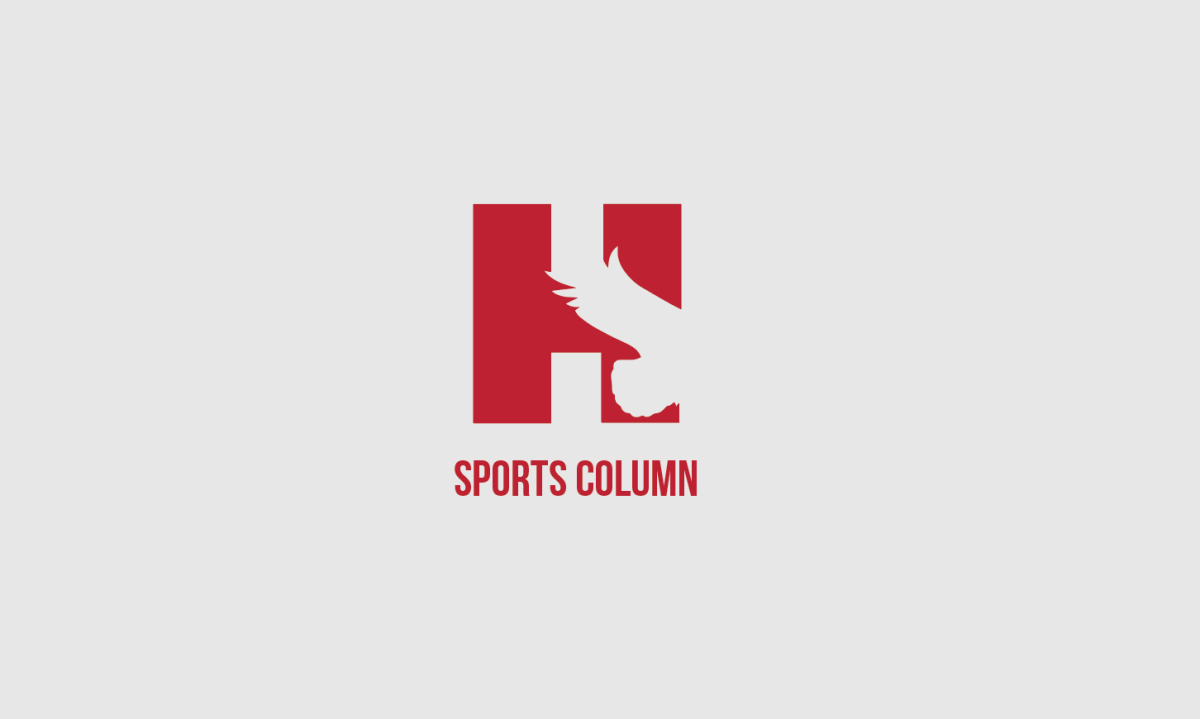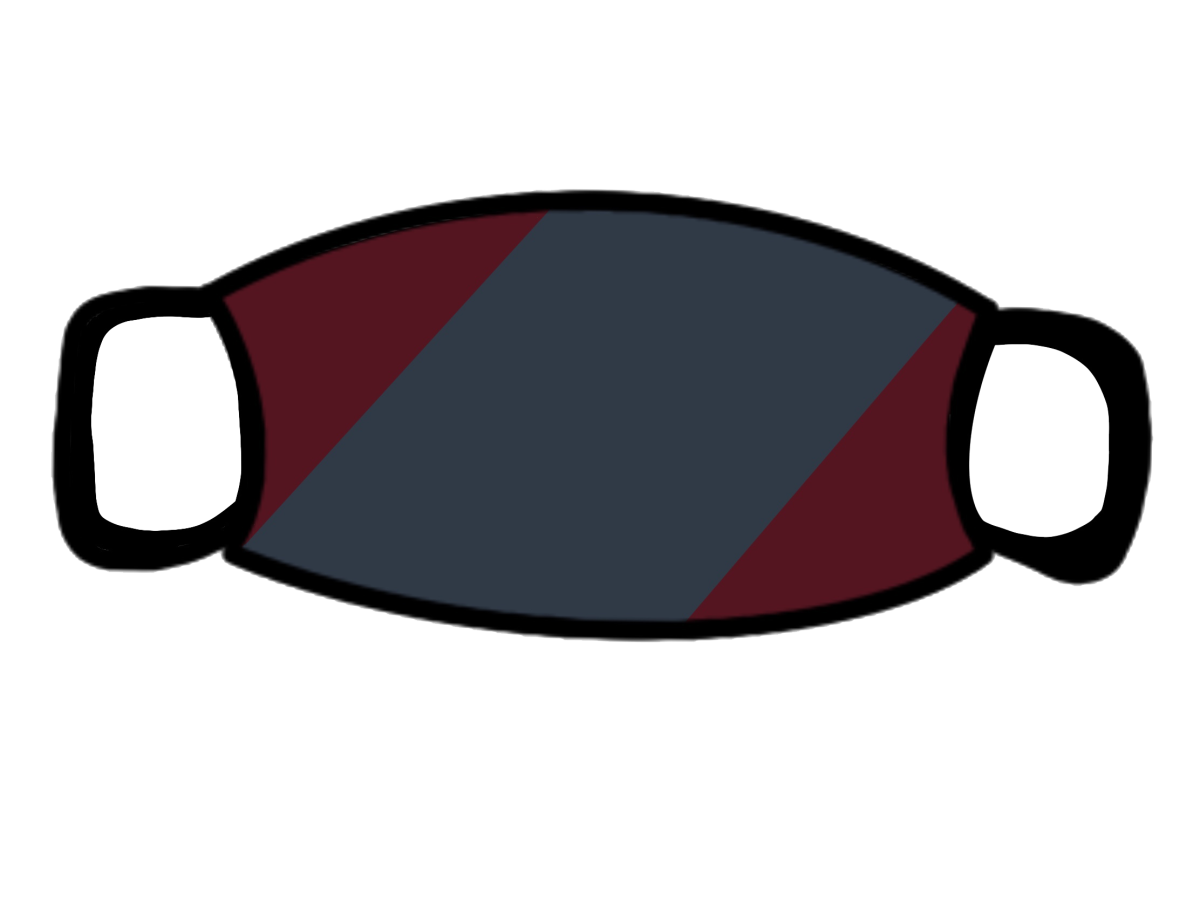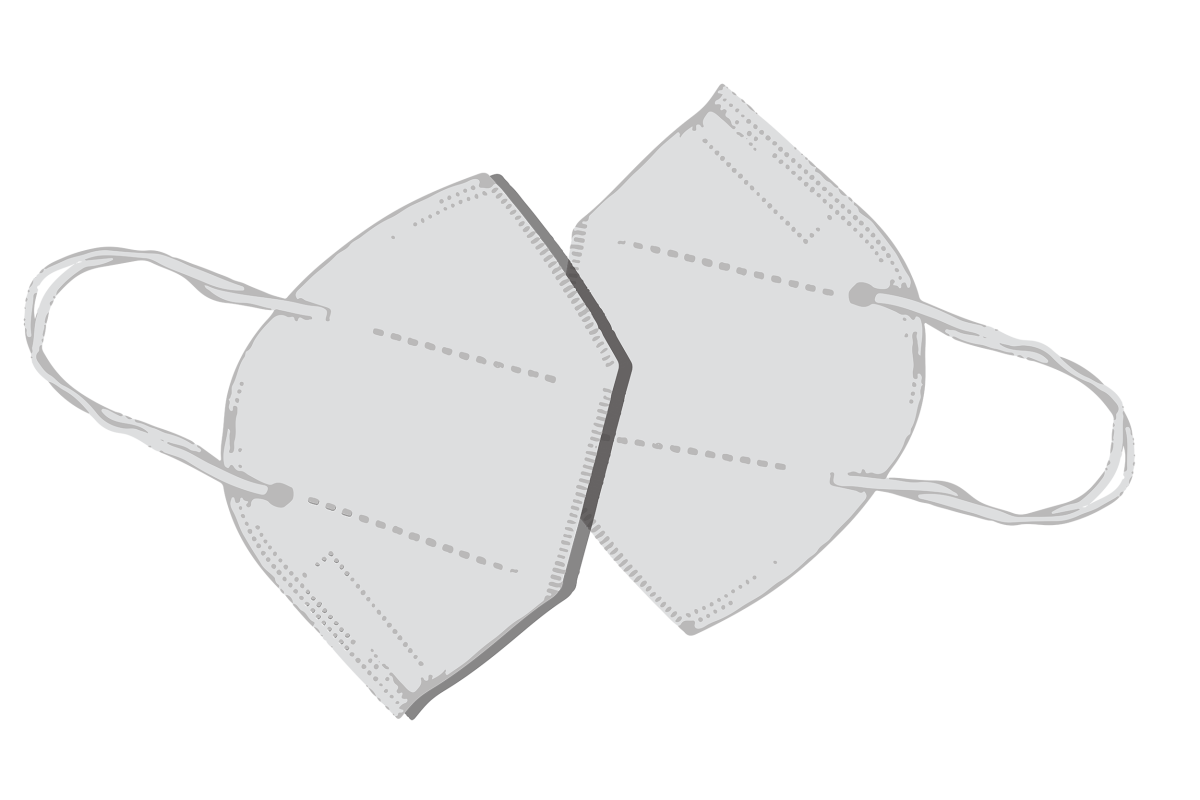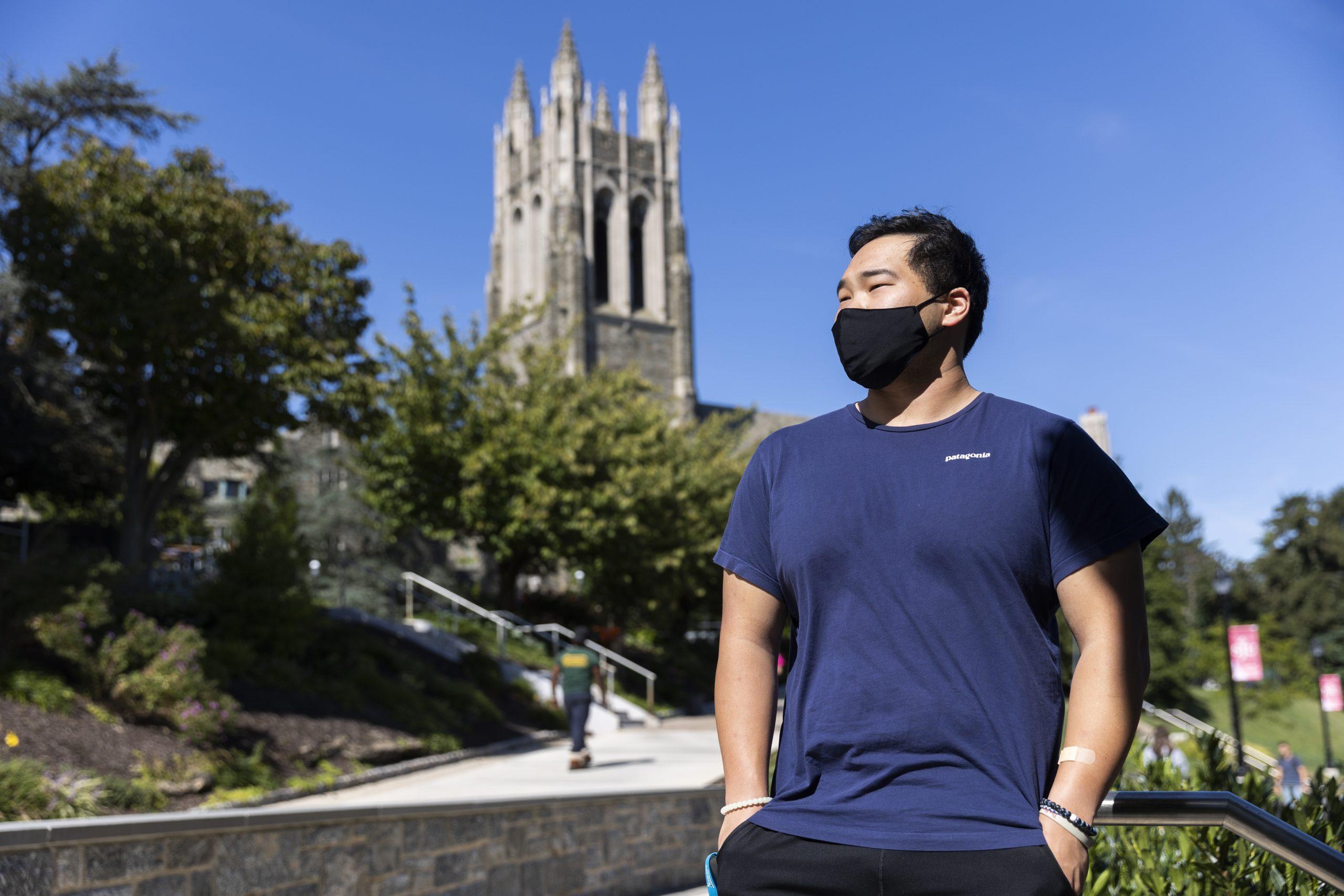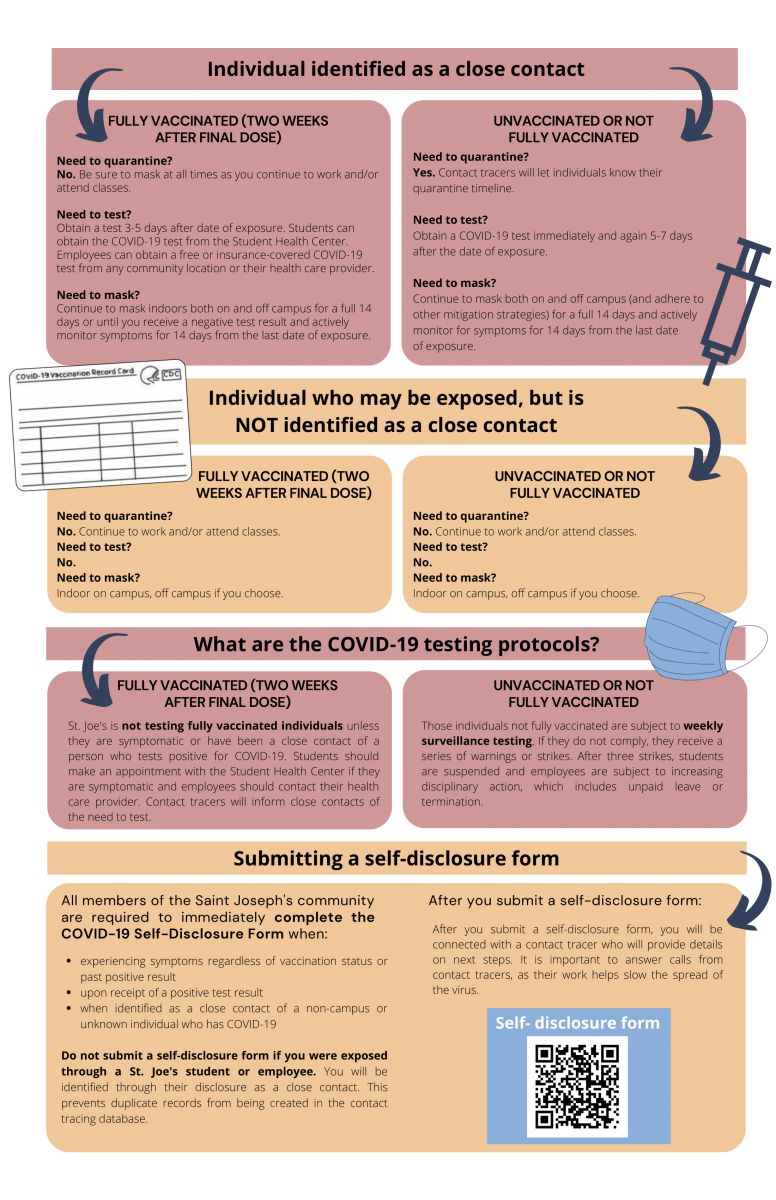Since the coronavirus brought an abrupt end to all sporting events last spring, all eyes looked forward to the fall for the hopeful return of collegiate sports.
On July 17, the Atlantic 10 joined numerous other major collegiate sports conferences by announcing the postponement of fall sports, with the possibility of a return to play next spring.
Despite many athletes and coaches across the country voicing their desire to continue with the fall sports schedule as originally planned, the public health risks were simply too great.
It is important to consider all of the added financial and logistical stress on sports seasons in the middle of a global pandemic. Additional time and money must be allocated to tackle new problems, such as testing athletes regularly, completely sanitizing equipment and training facilities and other precautionary measures.
The extra resources needed to support a successful fall season would not be justified considering the risk that one positive test could end an entire team’s season. Additionally, considering that a university cannot even charge spectators to come to watch the games to offset some of the added costs, a fall sports season is even less appealing.
For example, the troubles facing professional teams in the MLB proves the only truly safe way to hold sporting events is to cut teams off from the outside world. Multiple MLB teams have already had players and staff test positive for COVID-19 while traveling to games.
Meanwhile, the NBA and NHL have had no positive cases since being secluded to “bubbles” that are completely removed from the rest of society.
In the context of college sports, especially at St. Joe’s, there is absolutely no plausible way for athletes and athletic staff members to stay completely isolated from the rest of the world in order to continue with their fall seasons.
Despite the fact that the outlook for a postponed fall sports season is grim, there is still plenty of hope that there could be a return to play in the spring. St. Joe’s, along with many other schools, came up with a plan for a safe and healthy return to campus and in-person learning.
But ultimately, the plausibility of a return to play in the spring comes down to everyone’s willingness to comply with the Centers for Disease Control and Prevention’s guidelines to try and mitigate the spread of the coronavirus.













































